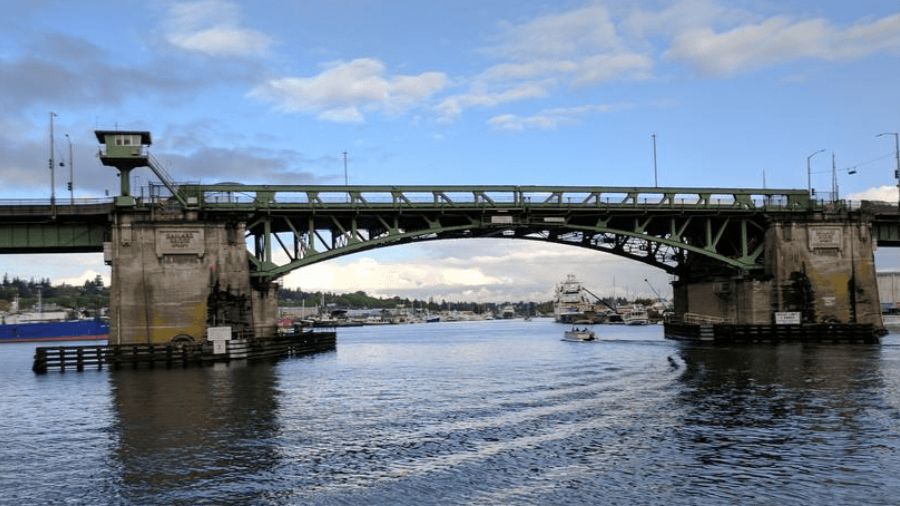Can fake ivy work as graffiti deterrent?
Feb 1, 2024, 6:10 AM | Updated: 12:04 pm

Fake strand ivy being used to deter graffiti. (Photo: The City of Tacoma)
(Photo: The City of Tacoma)
I have been on the fake ivy train ever since ����Xվ Newsradio morning host Dave Ross brought it up a few years ago as a way to deter graffiti. Ross figured that if normal ivy and other vegetation can keep taggers away, why not fake ivy?
I asked the Washington Department of Transportation (WDOT) about it recently, and a Northwest Region manager told me he had not heard of the idea — but Tacoma has. The City of Tacoma, like every other city in America, has been looking for innovative ways to combat graffiti for years, but no one has found that magic bullet that can end it.
But Tacoma did go outside the box a few years ago, and it installed fake ivy in a handful of spots.
Ross on fake ivy: A green solution for graffiti along Seattle freeways
After visiting a city in California, Tacoma entered a two-year contract in 2017 to buy the ivy and give it a chance. Rae Bailey, a Public Works Division Manager in Tacoma, said the city bought two types of fake ivy.
“We had what we call the panels, which are a one-by-one foot panel of ivy and then we have individual strands of it as well,” Bailey said. “We tried both of them in various areas throughout the city to mixed reviews. Some of it was really good and some of it didn’t work as well as we had hoped.”
Fake panel ivy being used around a highway post. (Photo courtesy of the City of Tacoma)
The panels didn’t do as well as the strands of individual ivy. Since the panels were just applied to the concrete, Bailey said they just became another flat surface to paint.
“They could be easily ripped off or, unfortunately, they were actually set on fire on a couple of the locations,” Bailey said. “We would probably stick with more of the individual strands and kind of give my crews the creative liberty of making fake ivy look like real ivy.”
But the fake ivy stands weren’t perfect either.
“We’ve had a couple of the strand areas get tagged in the last year or two, but for the most part everything that we put up by the strands is doing its job,” Bailey said.
Tacoma was planning on continuing the fake ivy project after the two-year contract was up, but that’s when the pandemic hit. Fake ivy didn’t make the priority list for Tacoma. The city is now looking at starting the project again, but the old vendor went out of business.
Fake ivy is also very expensive.
More from Chokepoints: Buying tires could become a lot harder
“An individual strand was $4.60 a lineal foot,” Bailey said. “The one-by-one panels were $9.90 a square foot so it’s fairly expensive, but that’s in 2017 dollars. I don’t know what it would cost today.”
Bailey believes it would be way too expensive to install up and down Interstate 5. Installing the fake ivy on high walls would require heavy equipment, road closures and a lot of labor. There is also a concern that attaching something to the concrete could impact its strength or durability.
But as Tacoma has shown, fake ivy can work, maybe only in small doses.
Check out more of Chris’ Chokepoints














